News
Stay up to date on the latest crypto trends with our expert, in-depth coverage.




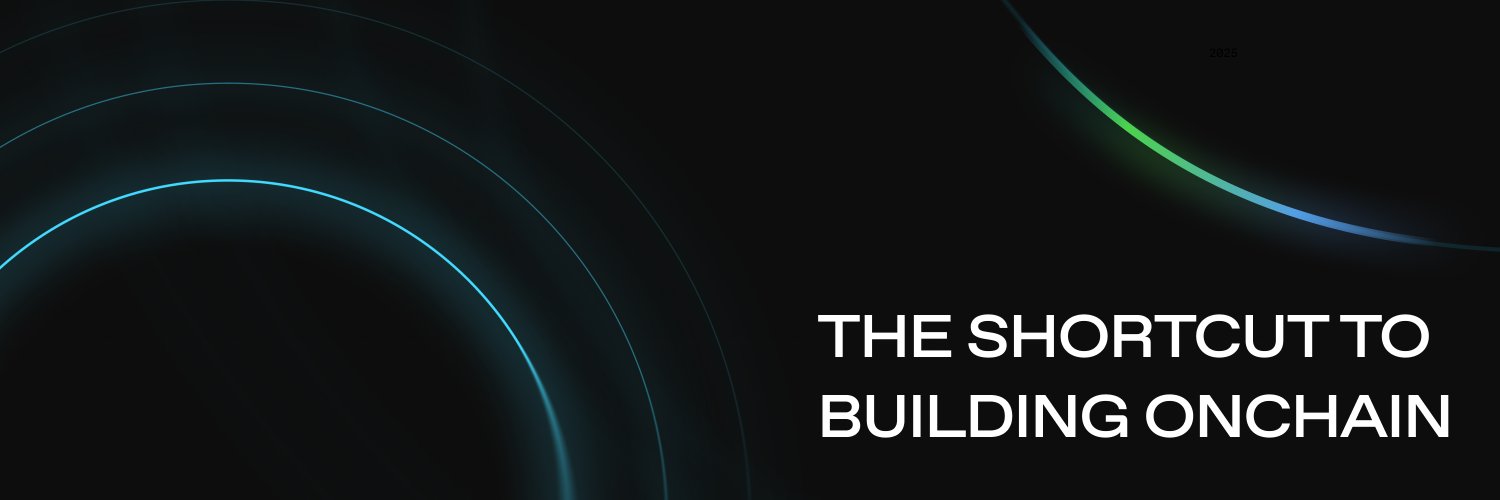
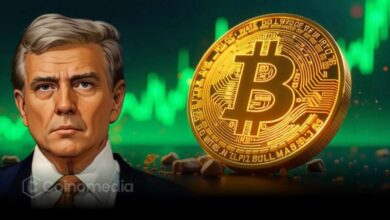
Donald Trump now holds $870 million in Bitcoin via Trump Media, making him one of the world’s top private BTC holders.How the Bitcoin Holdings Are StructuredImplications for the Crypto Market
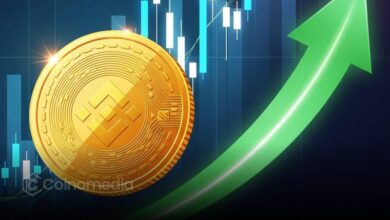
BNB Chain launches $45M airdrop for 160K+ users hit by the crypto crash, aiding memecoin traders with compensation.Who Qualifies and What’s Being Airdropped?A Trust-Rebuilding Strategy for the Future
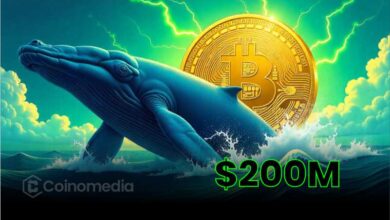
The trader who made $160M shorting BTC and ETH is back, now shorting 3,440 BTC worth $392M.Veteran Trader Doubles Down on Bitcoin ShortLiquidation Price Signals High ConfidenceWhat This Means for the Market
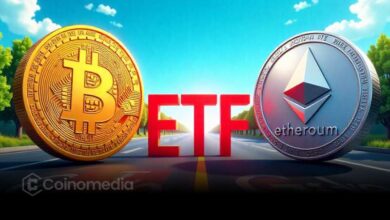
Bitcoin and Ethereum ETFs saw combined outflows of $755M on October 13, sparking concerns over market sentiment.Investor Sentiment Appears to Be CoolingWhat Could Be Driving These Outflows?

Bitcoin often surges after days of extreme negative sentiment, proving crowd FUD is a strong contrarian indicator.Santiment Identifies Key Contrarian SignalsUnderstanding the Sentiment-Price Connection
- 07:14Data: Bitcoin spot ETF saw a total net outflow of $327 million yesterday, with only BlackRock IBIT achieving a net inflow.According to ChainCatcher, based on SoSoValue data, the total net outflow of bitcoin spot ETFs yesterday (October 13, Eastern Time) was $327 million. The bitcoin spot ETF with the highest single-day net inflow yesterday was Blackrock ETF IBIT, with a single-day net inflow of $60.3575 million. Currently, IBIT's historical total net inflow has reached $6.5321 billion. The bitcoin spot ETF with the highest single-day net outflow yesterday was Grayscale ETF GBTC, with a single-day net outflow of $145 million. Currently, GBTC's historical total net outflow has reached $2.4346 billion. As of press time, the total net asset value of bitcoin spot ETFs is $157.18 billion, with the ETF net asset ratio (market value as a percentage of bitcoin's total market value) at 6.81%. The historical cumulative net inflow has reached $62.443 billion.
- 07:12Bitunix Analyst: The Fed's First Voting Member Appearance Next Year Sends Dovish Signal, Policy Focus Shifts to Substantive Inflation AssessmentBlockBeats News, October 14 — On October 14, 2026 FOMC voting member and President of the Federal Reserve Bank of Philadelphia, Anna Paulson, spoke for the first time at the National Association for Business Economics conference, explicitly expressing support for two more rate cuts this year. She advocated that policy-making should "look through" short-term price fluctuations caused by tariffs. She pointed out that tariff-induced inflation is not sustainable, and monetary policy should focus on core inflation and structural changes in the labor market. These remarks send a clear dovish signal, suggesting that there is still room for consensus within the Federal Reserve regarding the pace of easing this year. On the macro level, Paulson's comments echo recent data showing rising unemployment rates, indicating that policymakers are beginning to pay attention to the potential risks of economic slowdown and weakening employment momentum. She mentioned that economic growth is increasingly dependent on high-income groups and the stock market effect driven by AI assets, suggesting that the structure of the US recovery is facing risks of imbalance. Meanwhile, IMF Managing Director Kristalina Georgieva also warned of rising global debt and financial risks, emphasizing the need for more credible debt assessment mechanisms to support policy coordination. Bitunix analyst's view: Paulson's "look through tariffs" perspective means that the Federal Reserve will be more inclined to observe medium-term inflation stickiness and real demand elasticity, rather than being constrained by short-term price fluctuations. This shift may be a prelude to a new round of policy framework adjustments, symbolizing the Fed's attempt to redefine the balance between "rate cut momentum" and "financial stability." The market should pay close attention to subtle signals regarding changes in policy pace and tone before the end of the year.
- 07:12Data: "Investor Confidence Index" remains in the hesitation range, market continues to fluctuate and trading becomes more difficultBlockBeats news, on October 14, on-chain data analyst Murphy stated that Glassnode's "Investor Confidence Index" has remained in the hesitation zone (yellow) for an extremely rare 49 days, without entering the green optimism zone or the red panic zone. According to historical data, the market usually chooses a new trend direction within at most one month, and the optimistic zone between every two red panic zones corresponds to a major trend in the market. The current indicator has consistently stayed in the hesitation zone, indicating that market investors' sentiment is constantly wavering and there is no consensus on the future direction. The uncertainty of a major trend makes traders seek swing opportunities during market fluctuations, increasing the difficulty of trading.